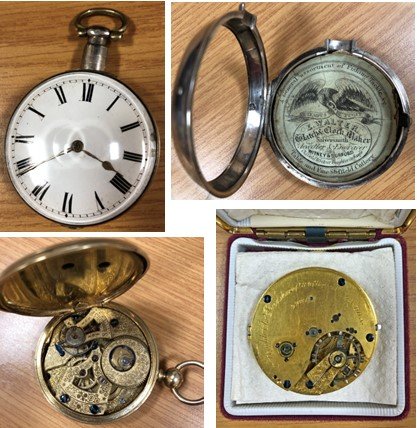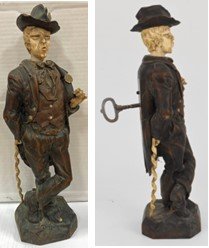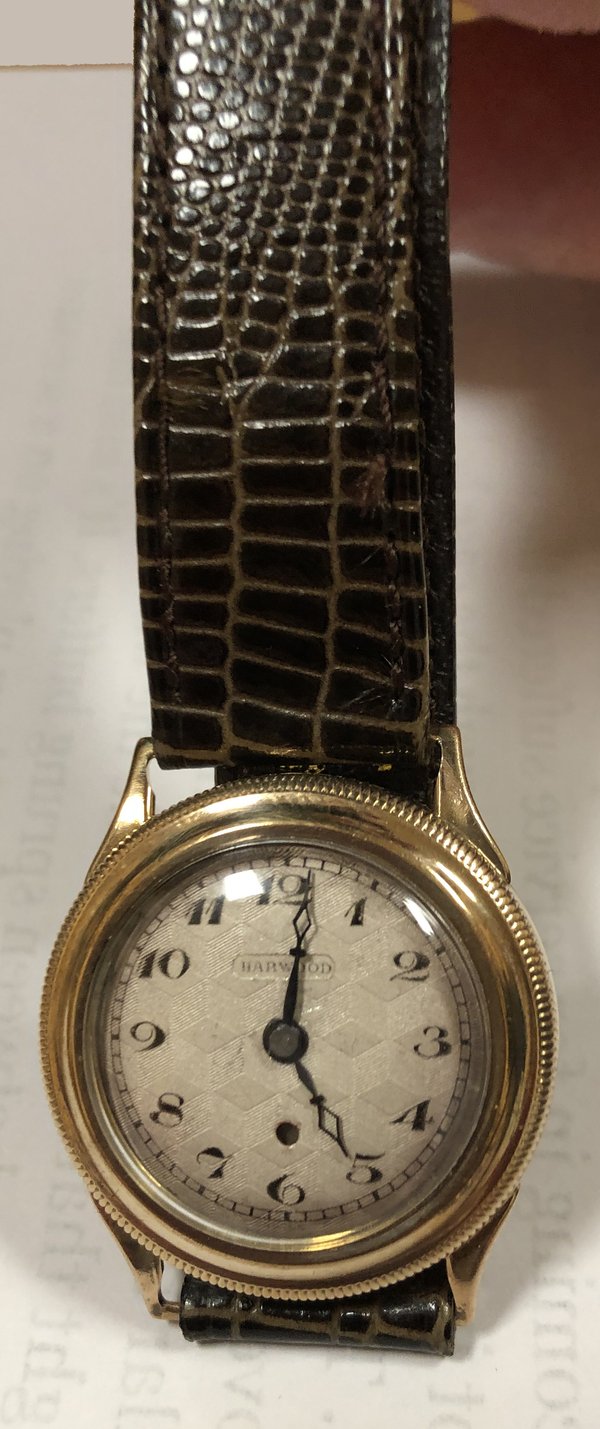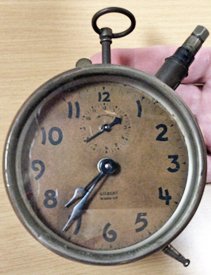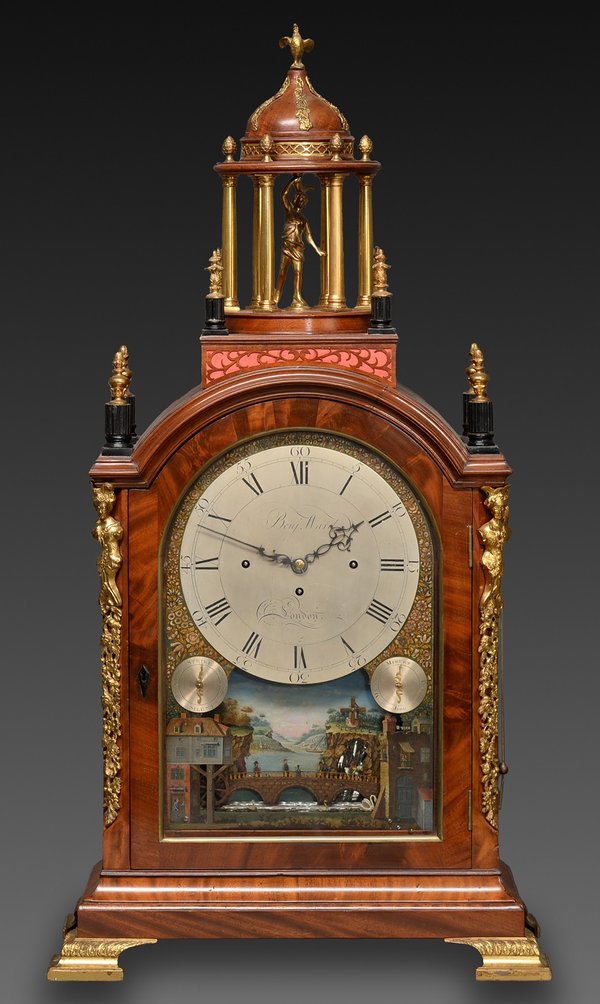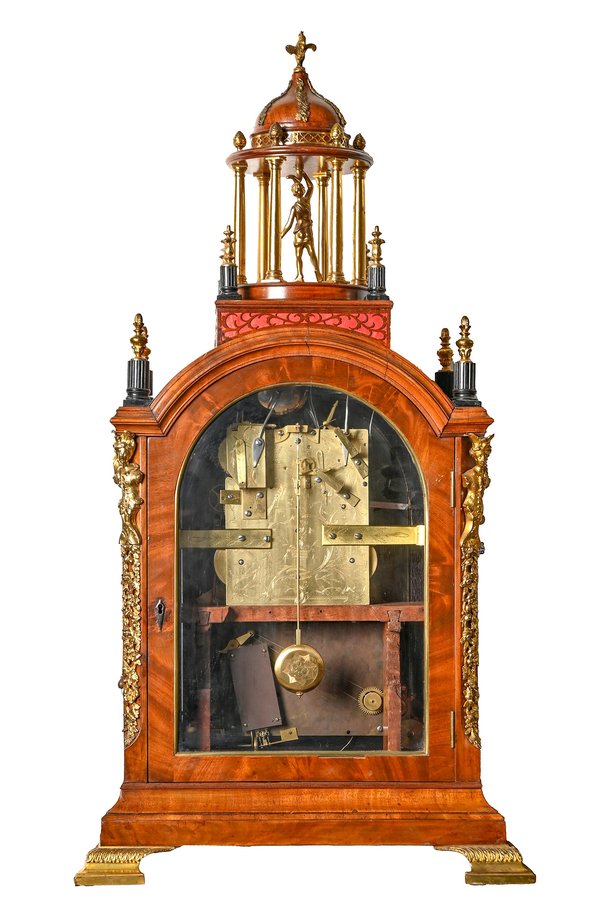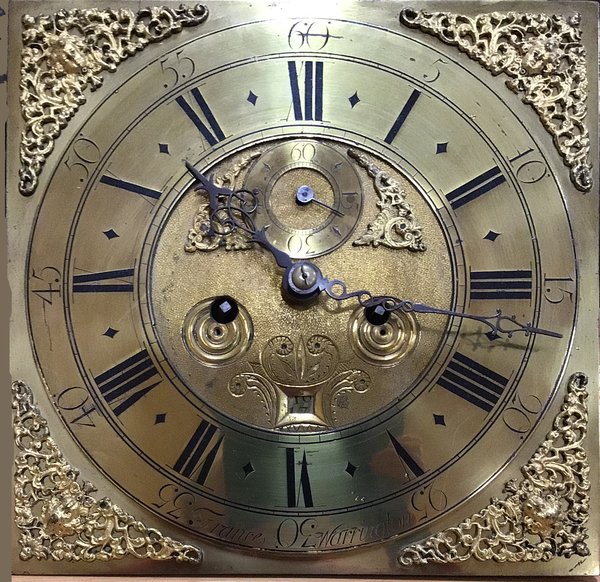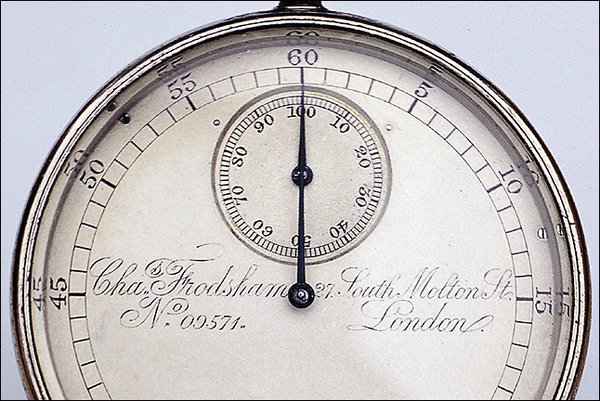Northern Section
To be held at our NEW VENUE of The Village Methodist Church, 303 Northernden Road, Sale, Cheshire, M33 2PP at 7.30pm for 8.00pm, unless otherwise stated
Friday 11 April 2025
Club Night: Electrical Horology
Friday 9 May 2025
Lecture: ‘Jewel making in Coventry and London and the American connection’, by Ian Greaves
Friday 13 June 2025
Club Night: Horology from the Netherlands
Full Programme for 2025 (PDF download, updated 8 January)
Recent Meetings
Reports of previous meetings 2024 2023 2022 2021 2020 2019 2018 2017
Bring & Discuss - Letter 'A' (February 2025)
This meeting began with the AGM which was postponed last month owing to bad weather. Once the formal proceedings were over, the meeting went on to the evening’s topic: Horological items relating to letter ‘A’. Some of the items shown are illustrated below.
